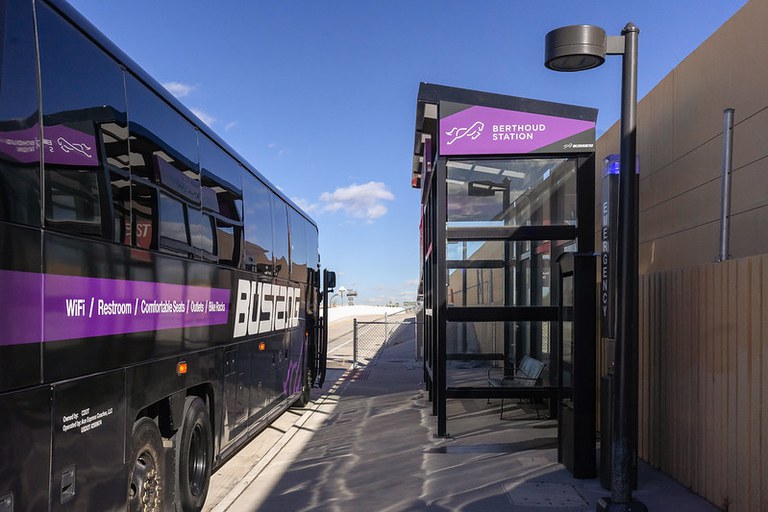First Last Mile Tools

First Last Mile Support
When planning for public transportation, it is important to think about how people will access it. First Last Mile (FLM) considerations can have a huge impact on how successful a service is, but are often an afterthought. Things such as sidewalk connections, tree coverage, pedestrian and multimodal infrastructure need to be a top consideration when station planning. The Mobility Services group in conjunction with Felsburg Holt & Ullevig created an open source set of tools to help with FLM planning. These tools were tested along the proposed Federal Boulevard Bus Rapid Transit (BRT) route with the help of local governments and graduate students from the UC Denver.
About the Tools

Prioritization Matrix
First, the team used sidewalk data to do a desktop analysis in order to create a half-mile walkshed around each proposed stop. Then using local population, mobility, equity, safety and transit data gave each walkshed a score. To learn more about the methodology behind this, see our Prioritization Matrix Memo. The team did this for each walkshed and used the scores to prioritize next steps and identify the highest priorities for future investments. The team identified the top five highest priority locations for both urban and suburban areas.
Walkshed Analysis Tool
After selecting an urban and suburban walkshed from the list, the team then created a walkshed analysis tool using Survey123 in ArcGIS. The tool is accessible on any smart phone (Android and IOS), and can be used in the field to identify specific improvements. The tool has a list of prebuilt issues and solutions, a map to pin the location of the issue, a place to upload photos, and text responses for issues and solutions not identified within the prebuilt options. For more information on how to replicate this tool, see our Walkshed FLM Tool Memo.
Additional Help
The tools are useful for identifying priorities for FLM investment, and identifying FLM issues in the field. If you are interested in recreating these tools, see the memos and PowerPoint in the resource section. Additional help is available through our office, Contact us.
